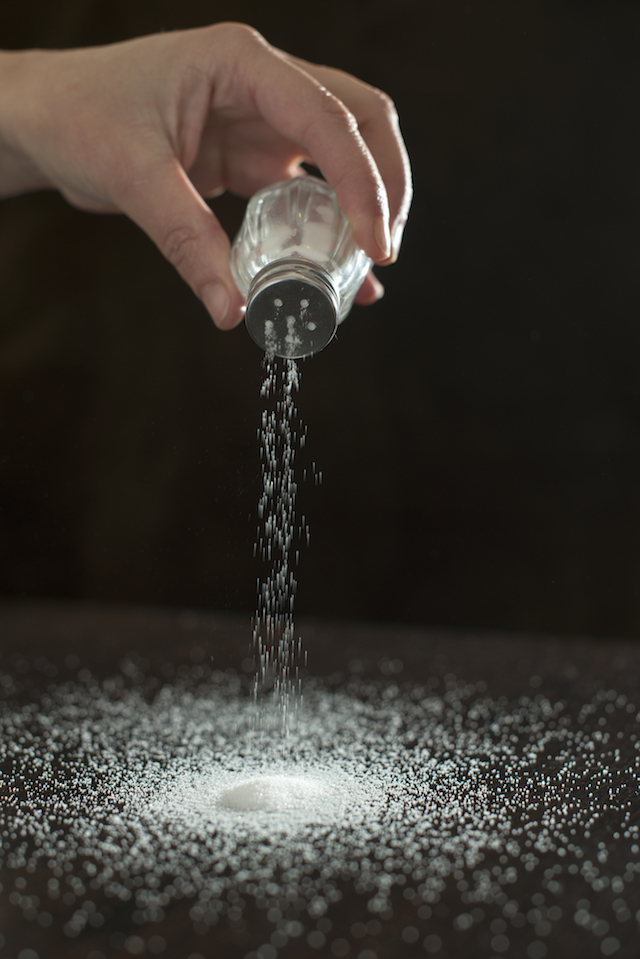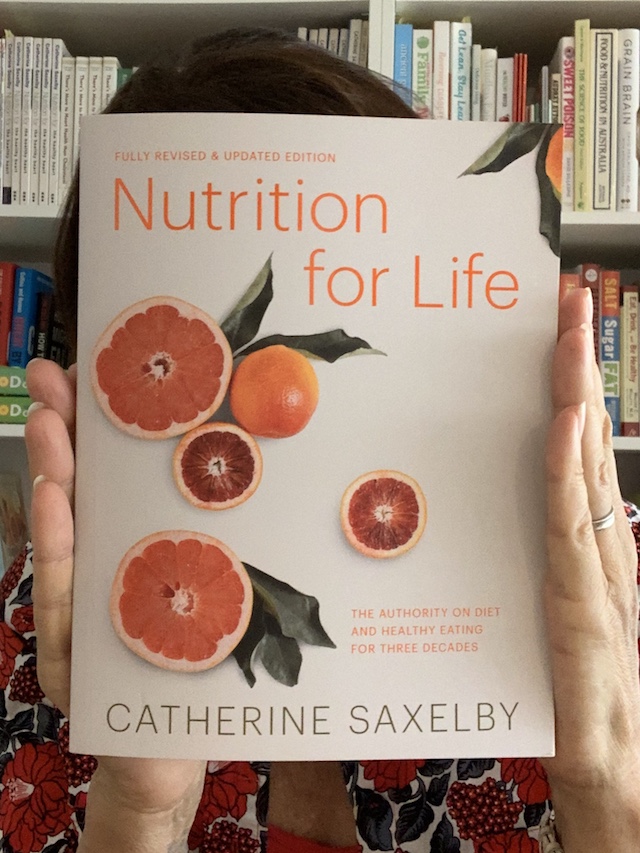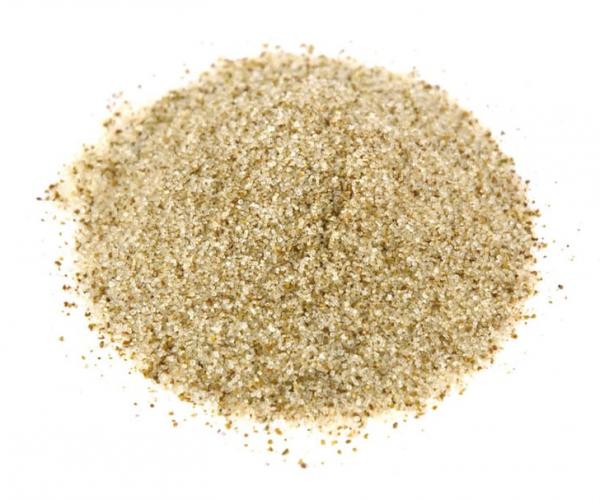- Home
- Blog
- Healthy Eating for Wellness
- Salt types from free-flowing to chunky
Salt types from free-flowing to chunky
Written by Catherine Saxelby
on Wednesday, 05 February 2020.
Tagged: health, healthy cooking, healthy eating, healthy heart, healthy lifestyle, NFL, nutrition, salt

This is based on content from my latest book Nutrition For Life, plus a little extra that didn’t make it into the book. I hope you find it interesting and useful.
What is salt?
Salt is a compound called sodium chloride, of which about 40 per cent is sodium. Salt is the main source of sodium in the average diet. Most of it is hidden in prepared foods that don’t taste particularly salty such as bread, cheese, stock, mustards and salty Asian sauces. In tiny amounts, say less than 200 milligrams, sodium is an essential mineral. Our bodies need it to regulate the water balance, maintain blood volume, control muscle and nerve function and to regulate our body temperature.
In large amounts, however, say over 2,000 milligrams, sodium has an adverse effect on our health. It attracts and retains fluid inside the body, causing fluid retention. This can lead to weight gain of up to one kilogram, which strains the heart and makes it pump extra fluid through the arteries. The arteries thicken, reducing blood flow, which raises blood pressure.
The average intake is estimated at between 2,300 and 4,600 mg sodium a day. Or 6 to 12 grams of salt. The lower end of these values – 2,300 mg sodium or 6 g equivalent of salt (about a teaspoon), is the recommended intake.
Types of salts
Table salt
Table salt is found in most salt shakers. It is a finely ground salt with small, even-sized crystals, typically created from rock salt. It usually contains an anti-caking agent like sodium aluminosilicate 554 or magnesium carbonate 504 to keep it free flowing, even in high humidity.

Iodised salt
This looks the same as table salt but has a minute amount of iodine added, usually in the form of potassium iodate or iodide. The iodine is added to help reduce iodine deficiency, which can lead to thyroid problems such as goitre *. This is the salt I prefer for cooking at home. Research shows that our iodine intake has been dropping in recent years, which has implications for the slowing down of the functioning of the thyroid hormone and normal brain development in babies and young children.
* The salt acts as a carrier for iodine.

Sea salt (fleur de sel)
With its large uneven flakes or crystals, sea salt looks ‘natural’ and is favoured by chefs, but it’s still a form of salt (sodium chloride) and will not lower your overall salt intake by any significant amount. It’s made by evaporating seawater and has 99 per cent of the sodium of table salt. The other 1 per cent consists of minerals like magnesium, potassium and zinc, which are found naturally in seawater. Many claims have been made about the health benefits of sea salt but none have been scientifically validated.
Rock salt and river salt
These are more gourmet and claim they are ‘better for you’, but they have essentially the same salt content as table salt. They appear to produce a more intense salty flavour because the salt is in large chunks. Some come in pink, red or grey colours due to the presence of natural minerals. A popular example is Murray River Pink salt, but there are Himalayan and Maldon salts also. It is claimed that Murray River salt is a more environmentally friendly and sustainable resource than Himalayan salt. The reason being that the Murray River salt is evaporated from salt-affected wetlands and thus helps farmers by reducing the salinity of the soil whereas Himalayan salt is mined in Pakistan and has huge air miles.
Celery salt, vegetable salt and garlic salt
These are also no better than table salt in terms of reducing your sodium intake. They still contain some 70 per cent salt with dried ground celery seeds, vegetables or garlic making up the remaining 30 per cent. Yes, it’s a reduction in salt intake, but it’s hardly a big one.
Chicken salt
Most people love a sprinkle of chicken salt on their chips or roast chicken but really, it’s all about the flavour. There’s a bit of chicken essence and the rest is just good ol’ salt.
Cooking salt
Cooking salt has the same salt content as table salt but it occurs in coarse chunks and most have added iodine. It is sold in larger quantities and used for more industrial-sized jobs like mass-roasting potatoes on a bed of salt or getting stains out of carpet.
The bottom line
Whether you opt for table salt or sea salt, there’s little difference in the sodium content by weight, and they all need to be kept to a minimum. The key difference is taste, texture and iodine content. Many chefs prefer to use the coarser gourmet and sea salt chunks. If you opt for a quarter teaspoon of a coarse-grained salt like sea salt, you’ll find that less fits onto a spoon so you’ll get less sodium, but that’s about it when it comes to benefits.
Want your own copy of the latest edition of Nutrition For Life?

This is an edited extract from my book Nutrition for Life (with a few additions). To order your copy, click on to online retailers such as Book Depository, Booktopia and Amazon.
Jemma O'Hanlon
The Good Stuff
The Boring Stuff
© 2025 Foodwatch Australia. All rights reserved
Website by Joomstore eCommerce






